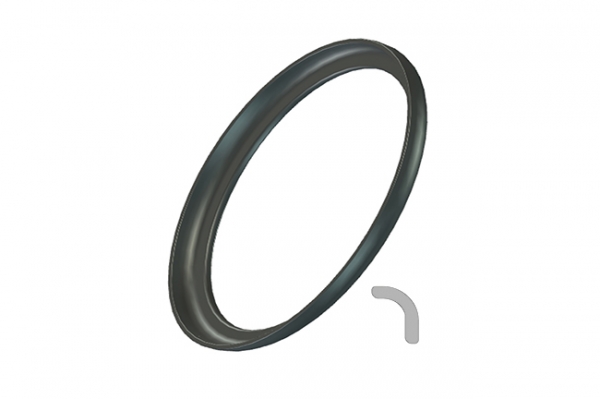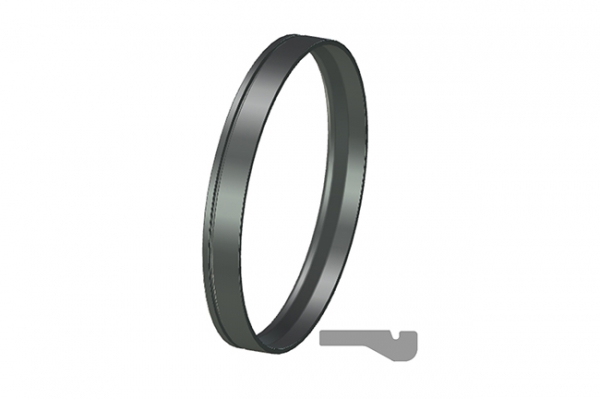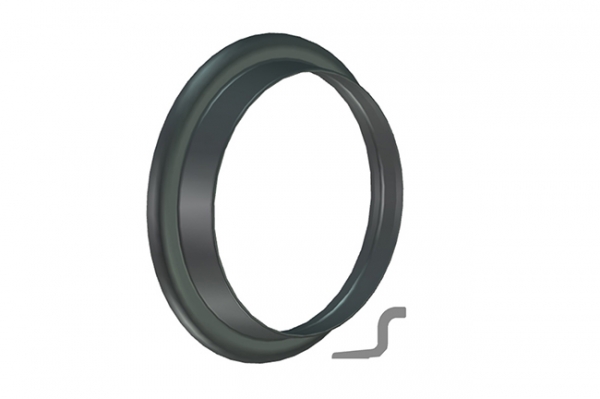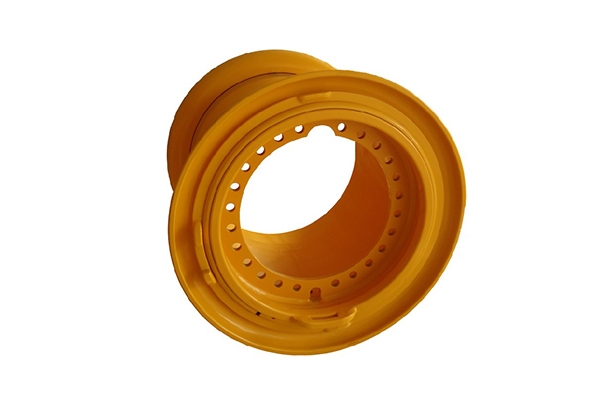This is the first invention of "light pry", which is characterized by sliding on the ground. In places where roads are scarce in the desert, it is still difficult to pull a sled uphill. One day, when the wind was blowing hard, someone found that smooth stones or logs were rolling faster than anything in the wind.
This natural phenomenon can explain the problem. People cut the log short with a stone axe, cut the two ends of the log into a hole in the middle, and then inserted a thin wooden stick into the hole to connect the log. In this way, people built a sledge to transport things much lighter than the old sledge that appeared around 2000 BC. When the wheels were used to carry heavy goods, they were worn out, so later people thought that there were copper or iron rings on the wheels. Legend has it that around 3000 BC, wheeled vehicles were used in Central Asia, but the civilized Egyptians did not know that they were still using ships to transport goods. In 1600 BC, the Hyksos in the north used a carriage to attack Egypt, which surprised the Egyptians. Since then, the Egyptians have been using wheeled vehicles. Spokes and rims were originally used to reinforce wheels. But at that time, it was still made of wood. Later, with the advent of steel, wooden wheels developed into steel wheels. With rubber tires, they were filled with air and the wheels gradually improved.
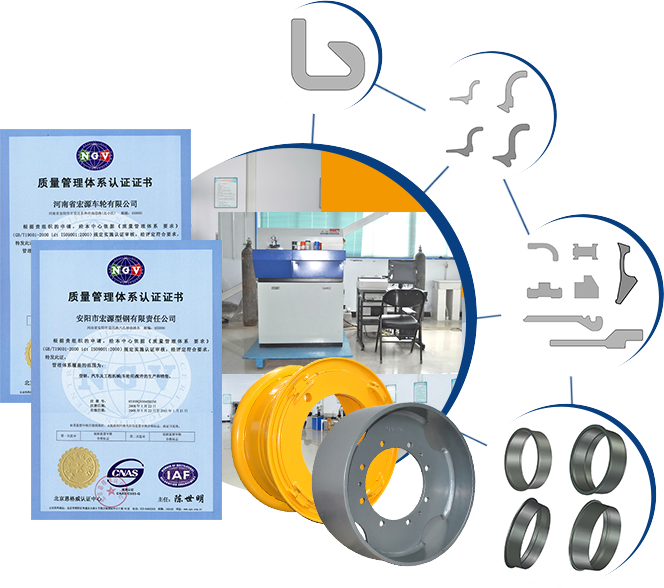
Let us put aside the arguments of the archaeologists and see what they agree with:
The wheel was originally a wheel of pottery. The ancients used it to make pottery in batches [01], which is an early craft and container of mankind. A simple ceramic wheel only needs a pair of disc wheels, with a shaft between the wheel plates. The potters used their feet to turn the roulette under their feet, and put the soft clay on the roulette with their hands to knead.
Mesopotamian wheels are just round plates nailed together. By 3000 BC, the axle had been placed on the trolley, and the wheels were not directly connected to the body. Soon, the wheel with spokes appeared again. The humble cart is awkward, but much better than the shoulders and animals (usually donkeys) used before.
Wheels have long been used to make chariots. This car was first used to penetrate the enemy's defenses and force them to disperse. Later, when tank soldiers were used as platforms, they could stand on the tank and throw javelins, shoot crossbows, and kill the enemy.




